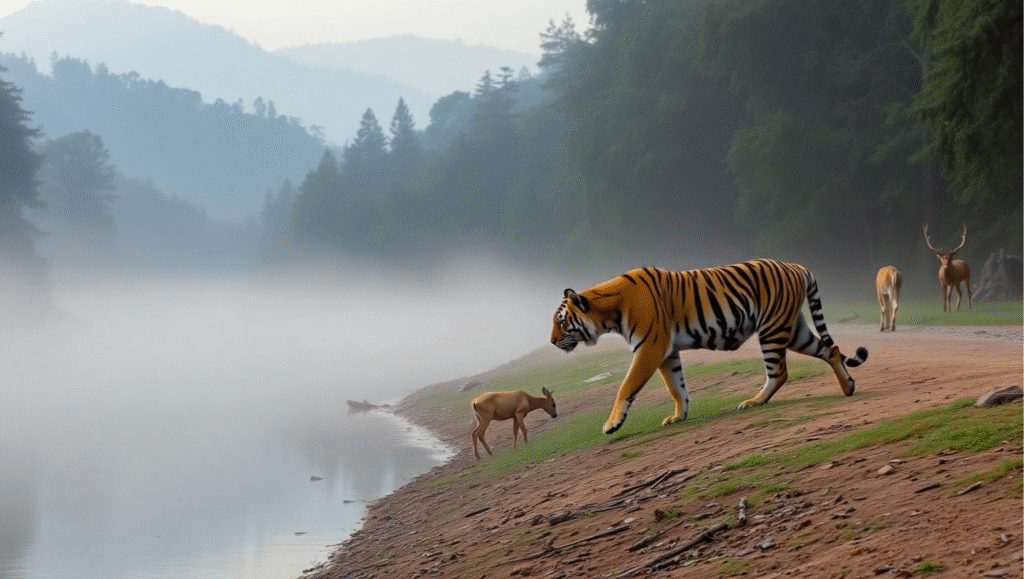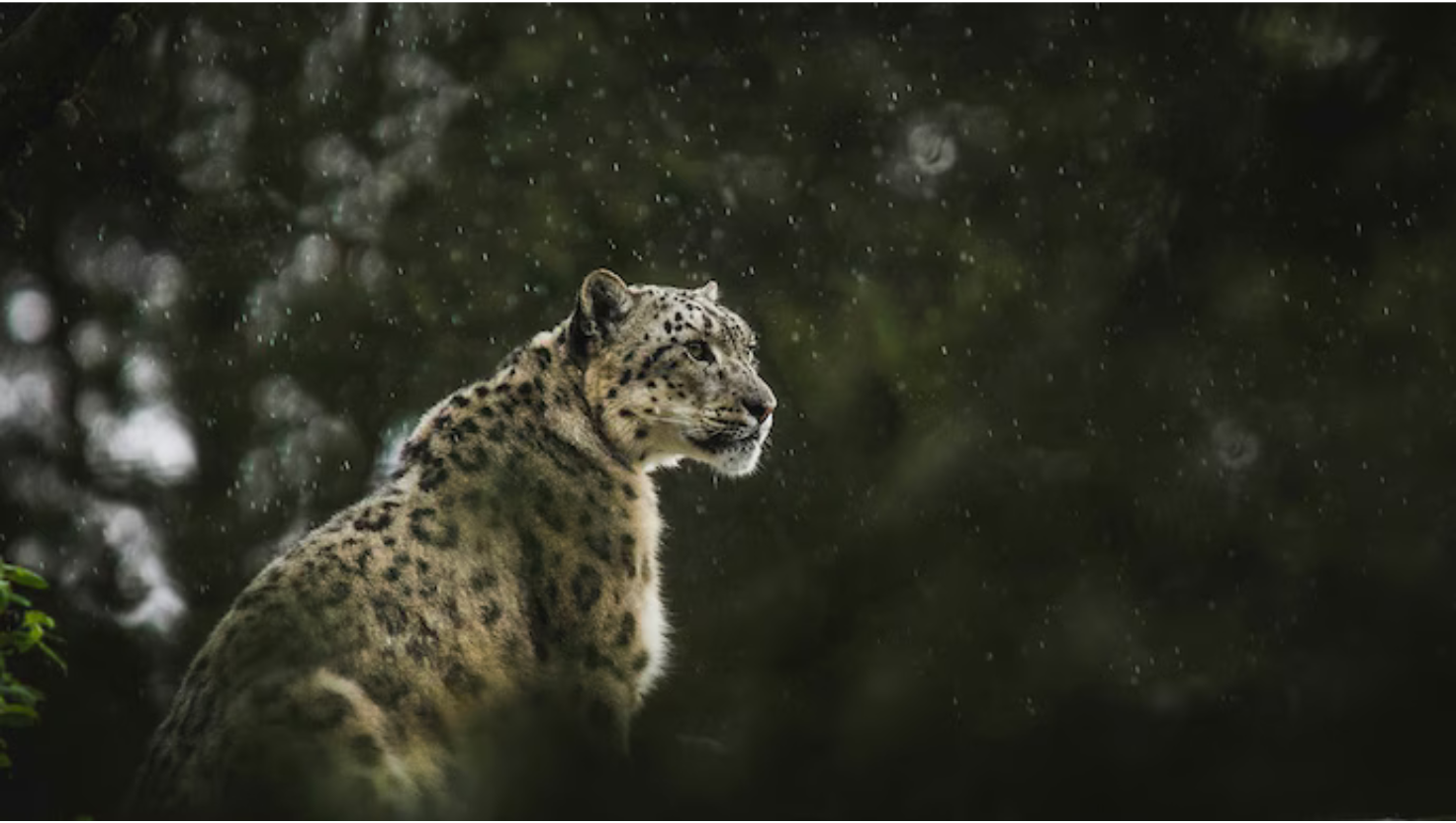Corbett Tiger Reserve: India’s Oldest National Park
Syllabus: Environment & Ecology (UPSC GS III, Prelims)
About Corbett Tiger Reserve
Location and Geography
- Situated in the foothills of the Himalayas in Uttarakhand, the reserve spans Bhabar and lower Shivalik regions.
- Spread across 1,288.31 sq. km, the landscape includes undulating terrain, river valleys, and porous tracts with sand and boulders.
- Major rivers flowing through the reserve include the Ramganga, Palain, and Sonanadi.
Historical Background
- Established in 1936 as Hailey National Park, it is India’s first national park.
- Renamed Corbett National Park in 1957, in honour of Jim Corbett, a legendary hunter-turned-conservationist.
- It became one of the first reserves to be included under Project Tiger in 1973.
Flora of Corbett
- Dominated by Sal forests, mixed woodlands, riparian vegetation, and grassy meadows (locally called Chaur).
- Key species include Sal, Sheesham, and Kanju trees.
- Lantana, an invasive weed, poses a major ecological threat by disrupting native vegetation patterns.
Fauna of Corbett
Mammals:
- Home to tigers, Asian elephants, leopards, and several smaller carnivores.
- Prey species include sambar, hog deer, and spotted deer.
Birds & Reptiles:
- Rich avian diversity, including migratory and resident bird species.
- Reptiles include gharial, crocodile, and a variety of freshwater fishes.
Conservation Significance
- Corbett is a flagship tiger reserve under the National Tiger Conservation Authority (NTCA).
- Its diverse habitats support high tiger density and contribute to India’s overall big cat conservation success.
- However, threats such as encroachments, illegal construction, and human interference continue to challenge its ecological integrity.











